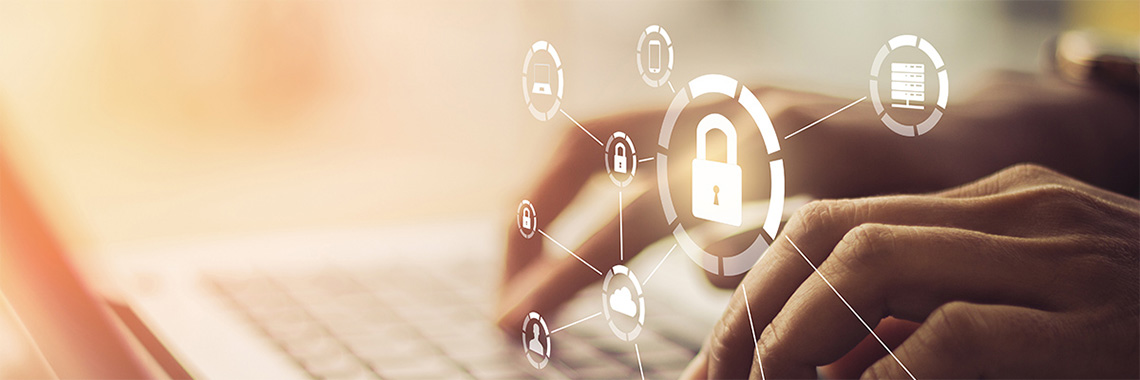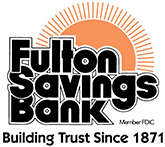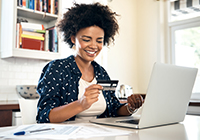
Make Sure Your Online Banking Password is Unique
When there is a large-scale password breech, as we saw with LinkedIn or Twitter, you can understand why having one password is the worst thing you can do. If the password and email address that you use for one account gets in the hands of the wrong person, they can start trying it on other sites and services. Make sure you use different passwords on different sites.
Make Sure Your Passwords Are Strong
You also have to make sure those passwords are good, hard-to-guess passwords. We suggest you use a mix of upper- and lowercase letters and numbers. As an extra precaution you should change your most important passwords at least once every six months.
Protect Your Computer & Browser
Make sure if you are using a Windows PC you are using an up-to-date anti-virus or spyware program. Whether you are a Mac or a PC user, make sure your operating system is up-to-date with the latest security patches.
Shop Only at Safe Sites
Make sure the site has a little padlock icon next to the address and it has an HTTPS address before putting in your debit card number. Always keep a close eye on your statement for suspicious charges. In addition, make sure to look at the site and make an educated decision about its legitimacy. Googling it also makes sense to see if any others have had issues with it. The Better Business Bureau (BBB.com) is another excellent source.
Think Before Clicking Links
Clicking links is second nature on the Internet, but be careful before clicking those lines of text. Scammers can create a template that looks like a bank and make it easy to click links and then access your computer. Be vigilant about what links you click in an email, especially when they come from companies. Also, don’t click on odd direct messages or Facebook messages with links. If you’re friends are sending exciting photos they aren’t going to do it via a link.



